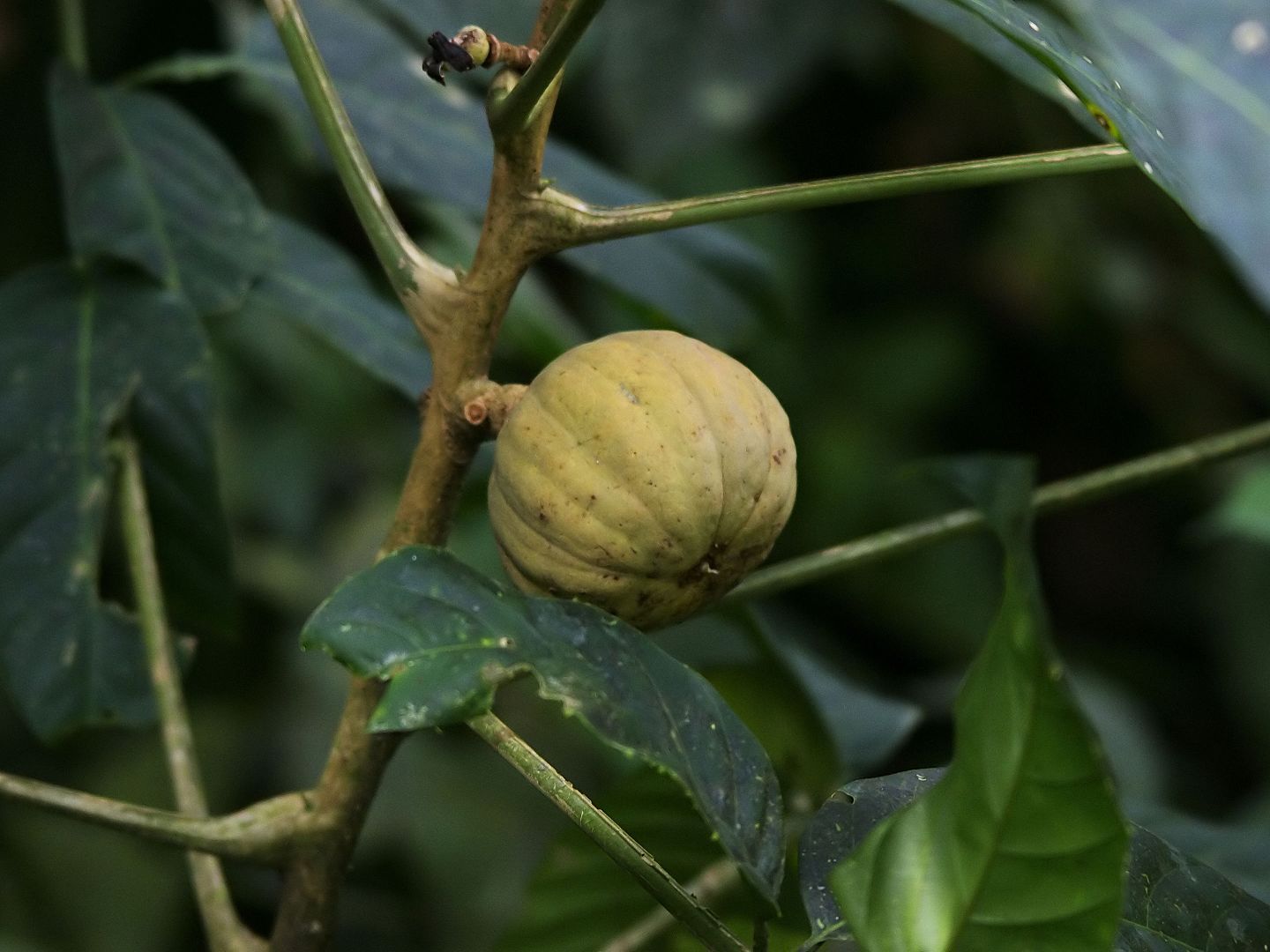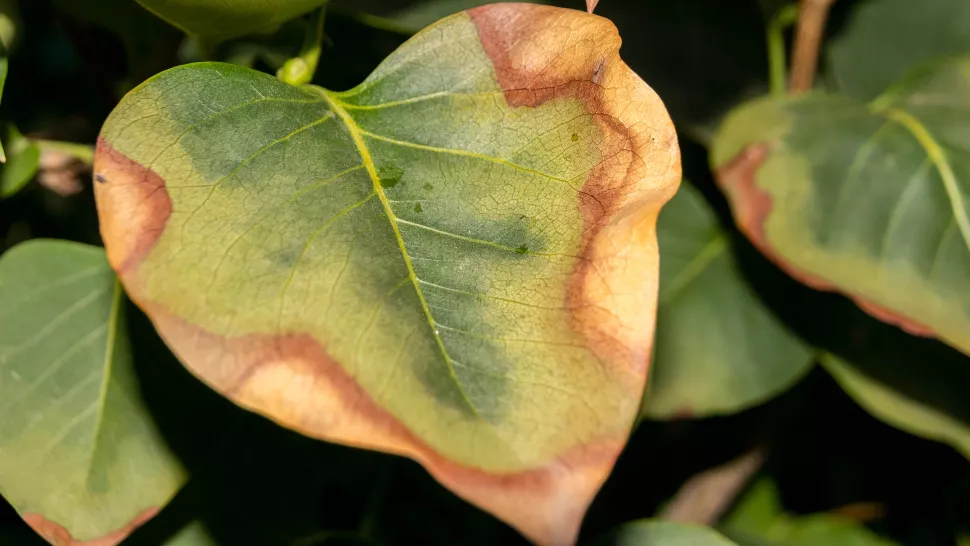At first glance, plants may seem rather dull. They stand silently, photosynthesizing quietly. Not the most eventful life, right? But in reality, trees and shrubs have plenty of surprising and varied superpowers
Trees Communicate Using Fungi
Despite their outward calm, trees are quite resourceful. Evolution has forced them to develop various survival mechanisms. For example, they created the first prototype of the internet long before humanity existed.
You might think this sounds crazy, but it’s a scientifically confirmed fact: plants in forests share nutrients through underground fungal networks that envelop their roots.
Fungi live in symbiosis with trees—they help the trees in exchange for nourishment. This is called a mycorrhizal network.
The fungal threads transfer carbon, phosphorus, nitrogen, water, and many other substances between trees. If one tree is in the shaded understory and struggling with photosynthesis, it sends a distress signal to its more fortunate neighbors through the fungal network, and they send nutrients to help.
But trees of the same species don’t just help each other. Sometimes they try to harm their competitors by releasing toxic substances into the fungal network to drive out unwanted neighbors.
Some particularly bold plants even forgo photosynthesis entirely, relying solely on the nutrients they receive from the mycorrhizal network. It’s like tapping into your neighbor’s power line and stealing their electricity.
Plants Send Warnings to Their Kin About Danger
You might think plants are defenseless, unable to fight back when something starts eating them. That’s not entirely true—many poisonous plants exist. Even without poison, plants have developed original ways to protect themselves from being eaten.
For example, the cowpea, part of the legume family, can literally call for help if it’s being eaten by the caterpillars of the fall armyworm. When the larvae start munching on its leaves, the cowpea releases special phytocompounds that make the caterpillar think it’s inedible.
And that’s not all. Neighboring cowpea plants detect these compounds, realize a predator is nearby, and begin producing similar substances to make themselves unappetizing.
A similar defense mechanism is found in the common tomato, as well as in tobacco, sorghum, rice, and many other crops.
However, clever tomatoes have their match. Some especially cunning species of caterpillars have learned to release substances in their saliva that suppress the signals sent by the plants being eaten.
Trees Hire Entire Armies of Bodyguards
Unfortunately, most trees can’t smack aggressors with their branches like the Whomping Willow in the Harry Potter series. But that doesn’t mean they are defenseless. Some trees call on armies of tiny friends to handle their problems.
For example, the bullhorn acacia lives in symbiosis with ants of the species *Pseudomyrmex ferruginea*. These aggressive predators kill any insect that dares invade their territory.
The acacia produces special proteins that disrupt the digestion of insects and can even kill them, but these proteins are harmless to the ants. The tree feeds its protectors, and in return, they attack anything that threatens it—even livestock.
Moreover, the acacia lures ants to its damaged branches, which are being eaten by some predator. Using special signaling substances, the tree directs its soldiers to the aggressor and tells them who to attack.
Other trees not only use insects as their personal army but also feed off them. For instance, ants of the Azteca genus live in the leaves of the plant Cecropia and protect it from competing ants—like leaf cutters. Additionally, they nourish the plant: 98% of the nitrogen Cecropia gets comes from the ants’ waste.
Plants Pet Bees Hooked on Caffeine
It’s well known that a passion for coffee can become quite unhealthy. Even people with free will find it hard to resist the energizing beverage, and insects with their primitive instincts have no chance against caffeine.
According to research, plants from the coffee and citrus families use caffeine to attract bees—who enjoy nectar with a high caffeine content. The substance stimulates the insects’ neurons, causing them to dance more actively and attract more of their kin to pollinate the plant.
Caffeine, as discovered by scientists at Newcastle University in the UK, influences bee behavior to the point where they only pollinate the flowers that provide them with this substance. As a result, we end up with tricked insects hooked on alkaloids and plants that shamelessly exploit them for reproduction.
Some Plants Can Smell
It sounds crazy, but plants, like animals, use their sense of smell. As botanist Daniel Chamovitz explains, plants detect airborne odors and use them to determine, for example, the ripeness of their fruits or the presence of nearby insect predators.
But what’s even more amazing is that some especially cunning plants use their sense of smell not just for defense but for attack.
For example, Cuscuta, a parasitic vine well-known to gardeners, winds around other plants and feeds on their sap. Dr. Consuelo De Moraes, a biologist at Pennsylvania State University, claims that Cuscuta uses smell to find its victims.
In experiments conducted by De Moraes, the parasite ignored tomato dummies and accurately identified live tomatoes, even in the dark. The smell of the tomato helped it determine the direction in which to grow to reach its food source.
And They Can Even Explode
Meet Hura crepitans, or the sandbox tree, from the Euphorbiaceae family. In the Amazon rainforest, it’s called the dynamite tree.
Its pumpkin-like fruits, when ripe, literally explode, scattering spikes, seeds, and poisonous sap. The explosion is powerful enough to injure a person. Livestock frequently suffer from this tree as well.
Ingesting its fruits leads to cramps, vomiting, and diarrhea. So even if someone survives the explosion and reaches the pulp, they won’t go unpunished.
As if having grenade-like fruits wasn’t enough, the tree is also covered in sharp thorns that can cause serious injury.
The sap from its broken thorns causes a terrible rash, and if it gets into the eyes, blindness. Local tribes use it to poison fish.



